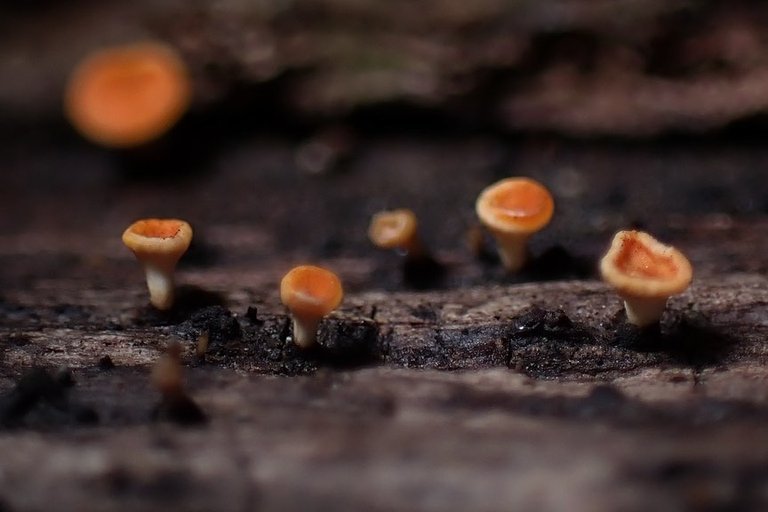





I found a lot of very small mushrooms that look like small grains scattered on the horizon, so I approached and took some pictures showing the orange mushrooms, which look very wonderful and very distinctive, as the splendor and beauty in them increase in a striking way, despite the fact that they are very small.
Finding mushrooms can be an interesting discovery, but it's crucial to exercise caution. Not all mushrooms are safe to eat, and some can be toxic so never eat any wild mushroom unless you are absolutely certain of its species and edibility. Mistaking toxic mushrooms for edible ones can have serious consequences. Toxic mushrooms can lead to severe illness or even be fatal.
If you are new to foraging, begin with easily identifiable and commonly foraged mushrooms, such as morels or chanterelles. Familiarize yourself with these before attempting to identify more complex species.
Some areas have restrictions on foraging, and it's important to respect local regulations. Certain conservation areas may prohibit the collection of mushrooms to protect ecosystems.